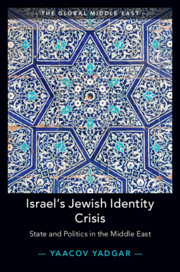In Middle-Eastern countries, more particularly in Lebanon, the incidence of vitamin D deficiency has been found to be surprisingly high in schoolchildren and young individuals. However, the prevalence and risk factors for vitamin D inadequacy amongst Lebanese osteoporotic women seeking medical health care has never been studied. We analysed vitamin D-inadequacy risk factors among the 251 Lebanese postmenopausal osteoporotic women (from both Muslim and Christian communities) who participated in a vitamin D international epidemiological study. Vitamin D inadequacy prevalence (25-hydroxyvitamin D (25(OH)D) < 30 ng/ml) was 84·9 %. 25(OH)D was negatively correlated with BMI (r − 0·41; P < 0·001) and positively correlated with educational level (r 0·37; P < 0·001) and self-reported general health (r 0·17; P < 0·01). No significant correlation was found with age and no seasonal variation was observed. There was no significant correlation between 25(OH)D and sun exposure index or vitamin D-rich food consumption. However, 25(OH)D strongly correlated with vitamin D supplement intake (r 0·48; P < 0·0001). Muslim community participants had lower 25(OH)D levels compared with their Christian counterparts (P < 0·001). They also had higher BMI, lower educational level and vitamin D supplement consumption and followed more frequently a dress code covering the arms (P < 0·0001 for all variables). In a multivariate model, in Muslims, inadequate vitamin D supplements and a dress code covering the arms are the independent predictors of 25(OH)D inadequacy (P < 0·001 for both variables). However, in Christians, the predictors are inadequate vitamin D supplements, high BMI and low educational level (P < 0·001; P = 0·002 and P = 0·02 respectively). There is an urgent need to increase vitamin D supplement use in Middle-Eastern osteoporotic women, more particularly in those from the Muslim community.


